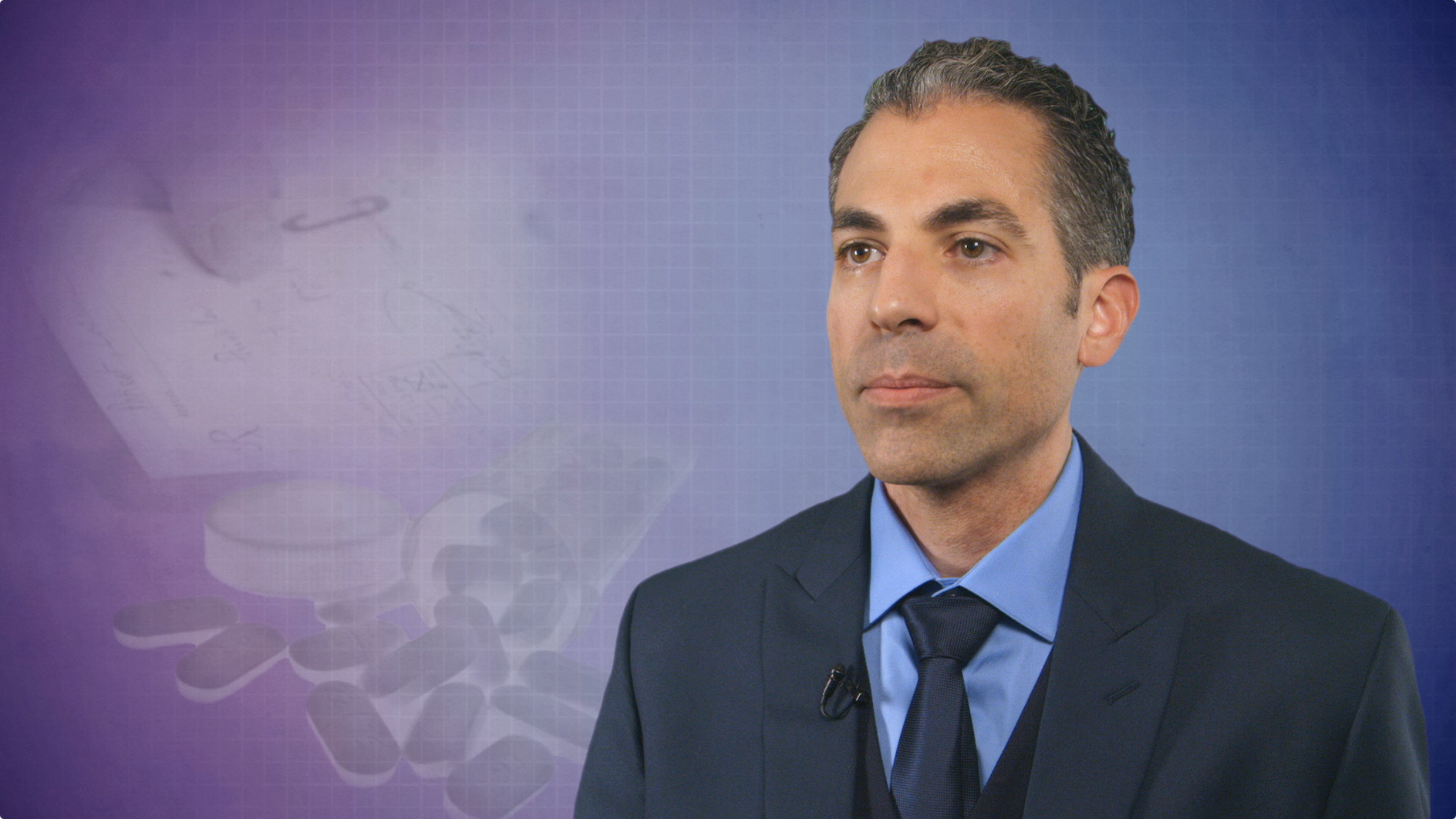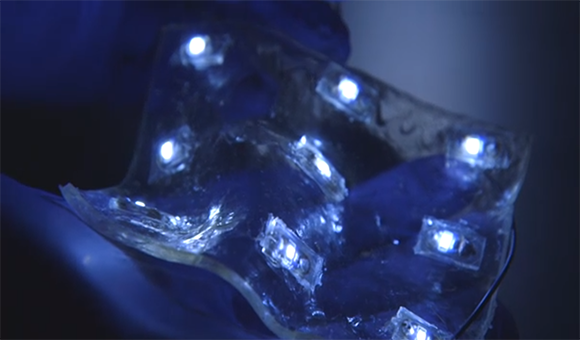High-flow oxygen therapy effective for cluster headache
Reuters Health • The Doctor's Channel Daily Newscast
In a crossover study, patients with acute cluster headache alternated therapies at the start of attacks: either they breathed high-flow oxygen, or air, without knowing which treatment they were using.
With oxygen, patients were significantly more likely to be pain-free at 15 minutes, Dr. Peter J. Goadsby, from the University of California, San Francisco, and colleagues found.
“The great advantage of oxygen is that it has no established adverse effects, can be readily combined with other treatments, and can be used several times daily,” they note.
As the authors report in their paper, 109 adults with episodic or chronic cluster headache were treated through 4 cluster headache attacks alternatively with 15 minutes of high-dose, high-flow oxygen (100%, 12 L/min by face mask) at attack onset or high-flow air. The final analysis was based on 57 patients with episodic cluster headache and 19 patients with chronic cluster headache.
According to Dr. Goadsby and colleagues, 78% of patients reported being pain-free or having adequate relief within 15 minutes after oxygen treatment, compared to 20% of patients after breathing air (p < 0.001).
In addition, “oxygen was numerically superior to air” for the secondary end points: pain-free at 30 minutes, reduction in pain up to 60 minutes, need for rescue medication 15 minutes after treatment, overall response to the treatment and overall functional disability, and effect on associated symptoms.
For example, 72% of patients were pain-free 30 minutes after oxygen treatment, but only 24% were pain-free 30 minutes after breathing air.
Similarly, more patients had reduction in pain at 60 minutes after breathing oxygen (92%) than after breathing air (59%).
There were no serious adverse events related to the treatments.
“This work,” the investigators conclude, “paves the way for further studies to optimize the administration of oxygen and its more widespread use as an acute treatment in cluster headache, offering an evidence-based alternative to those who cannot take triptan agents.”
Reference:
JAMA 2009;302:2451-2457.






